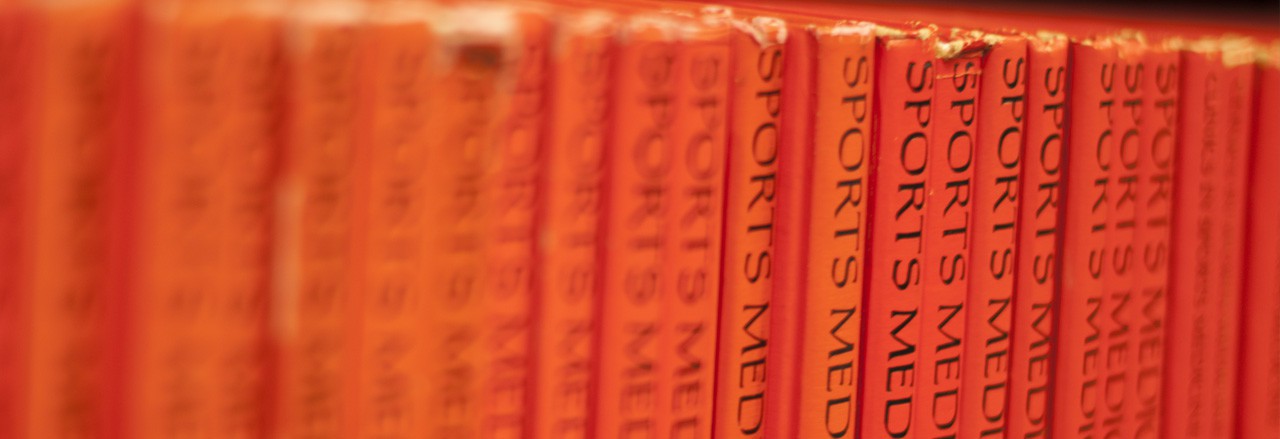The shoulder is the most moveable joint in your body. It helps you to lift your arm, to rotate it, and to reach up over your head. It is able to turn in many directions. The shoulder joint may be described as a “ball and socket”. However it is a relatively large ball in a shallow socket. Many people have described it to be like a golf ball on a tee. This allows the shoulder to provide a wide range of motion required to perform many athletic activities, such as throwing, swimming, serving a tennis ball, and functional movement in many directions.
The shoulder is made of three bones. The “ball” component is made of the head of the humerus (upper arm bone). The “socket” component, called the glenoid, is made up of the outer portion of the scapula (shoulder blade). The third bone is the clavicle (collar bone).
The labrum is a rim of cartilage on the socket that helps stabilize the joint. The stability of the shoulder joint mainly depends on the capsule, an envelope of fluid surrounding the joint, ligaments connecting bones in the shoulder, tendons that attach muscles to bones, and the muscles themselves, which initiate and control the position and action of the shoulder.
The rotator cuff is an important contributor to shoulder stability and function. It is made up of four muscles that all attach to the humerus and work in a coordinated effort (normally) to keep the ball centered in the socket. The subscapularis is a large rotator cuff muscle that attaches to the front of the humerus and allows you to rotate your arm inward. The supraspinatus and intraspinatus muscles attach at the top of the humerus and allow you to raise your arm overhead and rotate outward. These are the two most commonly injured tendons. The teres minor attaches in the back of the humerus and allows you to rotate your arm outward.
Above the rotator cuff and below the acromion is a bursa. Bursa tissue is normally thin and slippery and allows the rotator cuff to move freely below the bone. When bursa becomes inflamed, a condition called bursitis, it can produce severe pain and lead to dysfunction of the rotator cuff below.
The AC joint is the connection of the acromion (A) to the clavicle (C). When injured or arthritic, this joint can cause pain and dysfunction. The long head of the biceps tendon traverses the front of the shoulder and attaches deep within the shoulder. It is a common source of pain by itself or in addition to other lesions when inflamed.
Shoulder injuries can result from acute traumatic events such as a fall onto an outstretched hand or a direct blow. They can also result from repetitive overuse activities. Many repetitive overhead activities, such as tennis, swimming and baseball can result in injury to the capsule, ligaments and muscles that surround the joint. In addition, lifting weights too frequently or incorrectly can lead to shoulder injury.
Oftentimes symptoms can be improved without surgery by reducing inflammation and strengthening/retraining the muscles that support the shoulder’s movement through structured physical therapy exercises. Some injuries either will not or do not get better without surgery. Untreated conditions can have other consequences. For example, chronic instability of the shoulder may result in subsequent damage to other structures leading to more pain and dysfunction. If you have such an injury, Dr. Taylor will discuss with you your options in detail.


